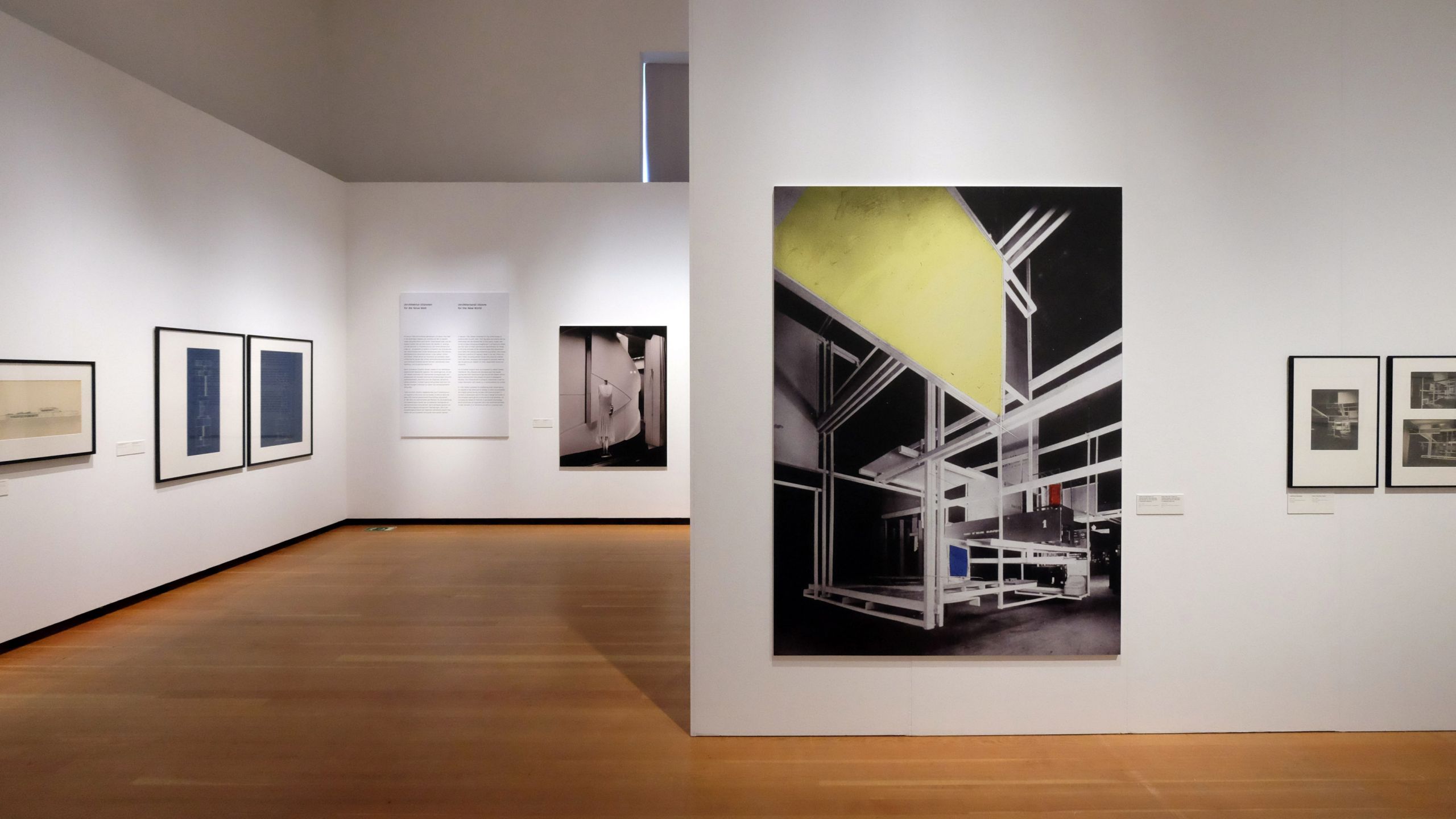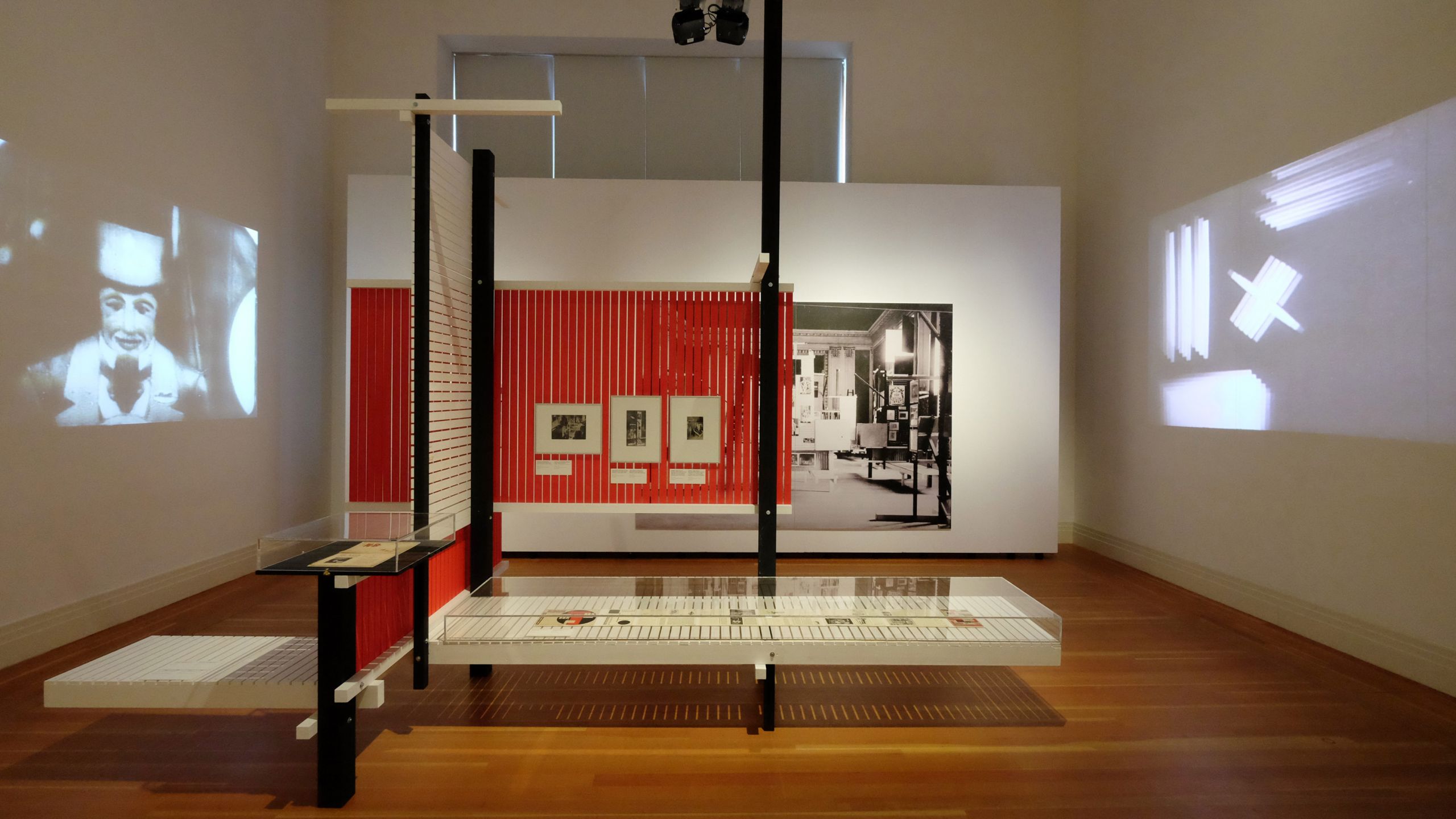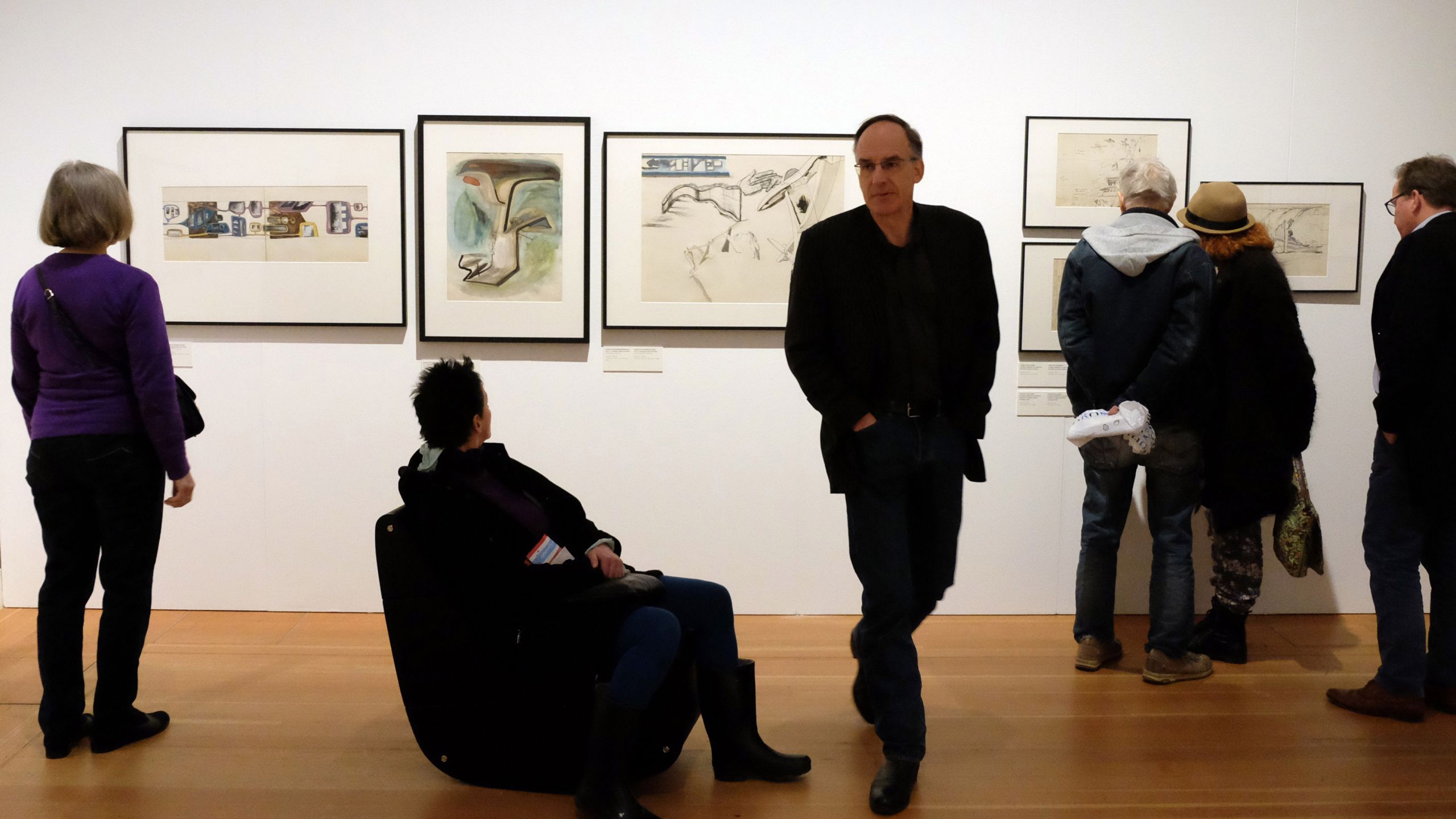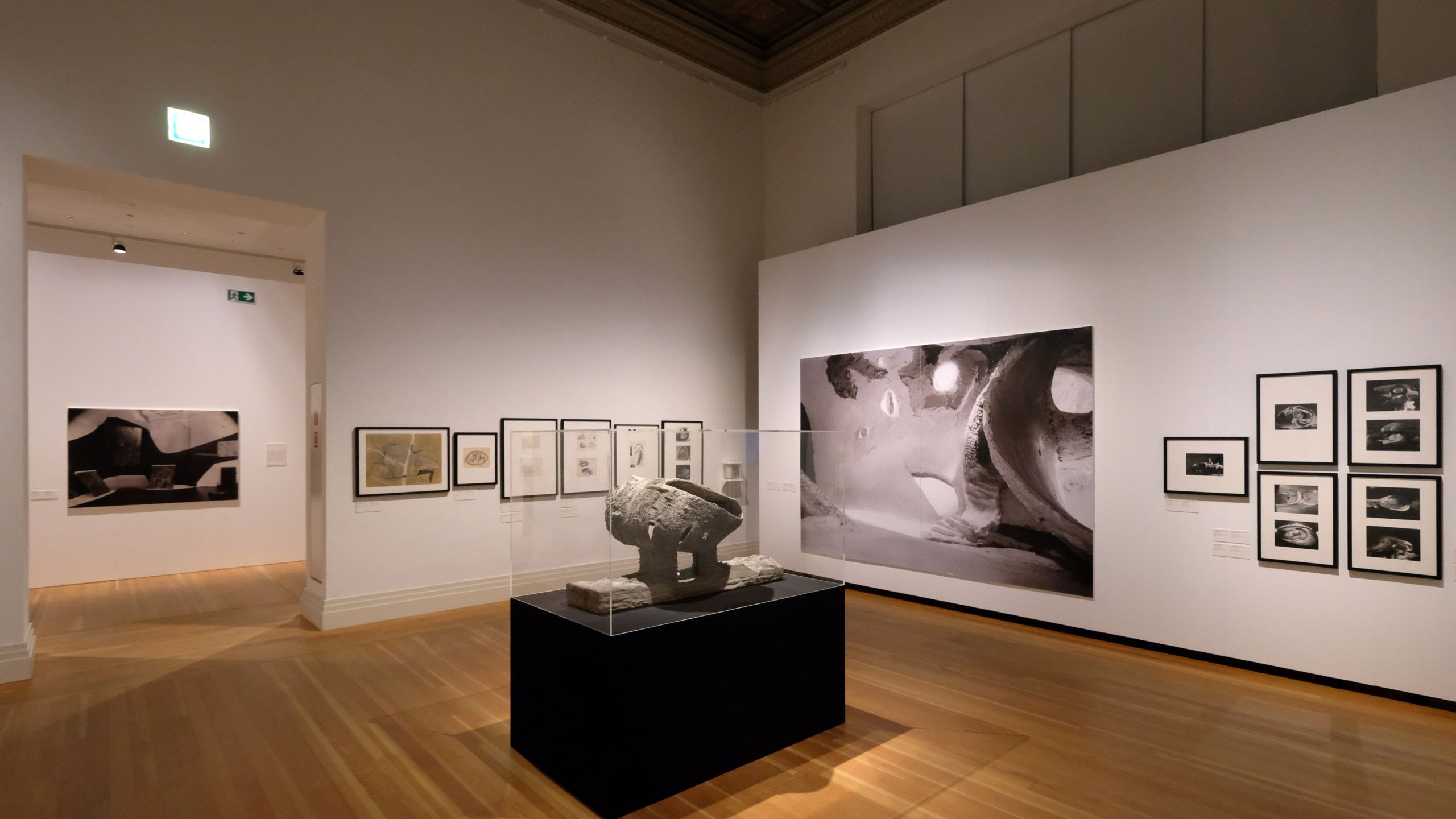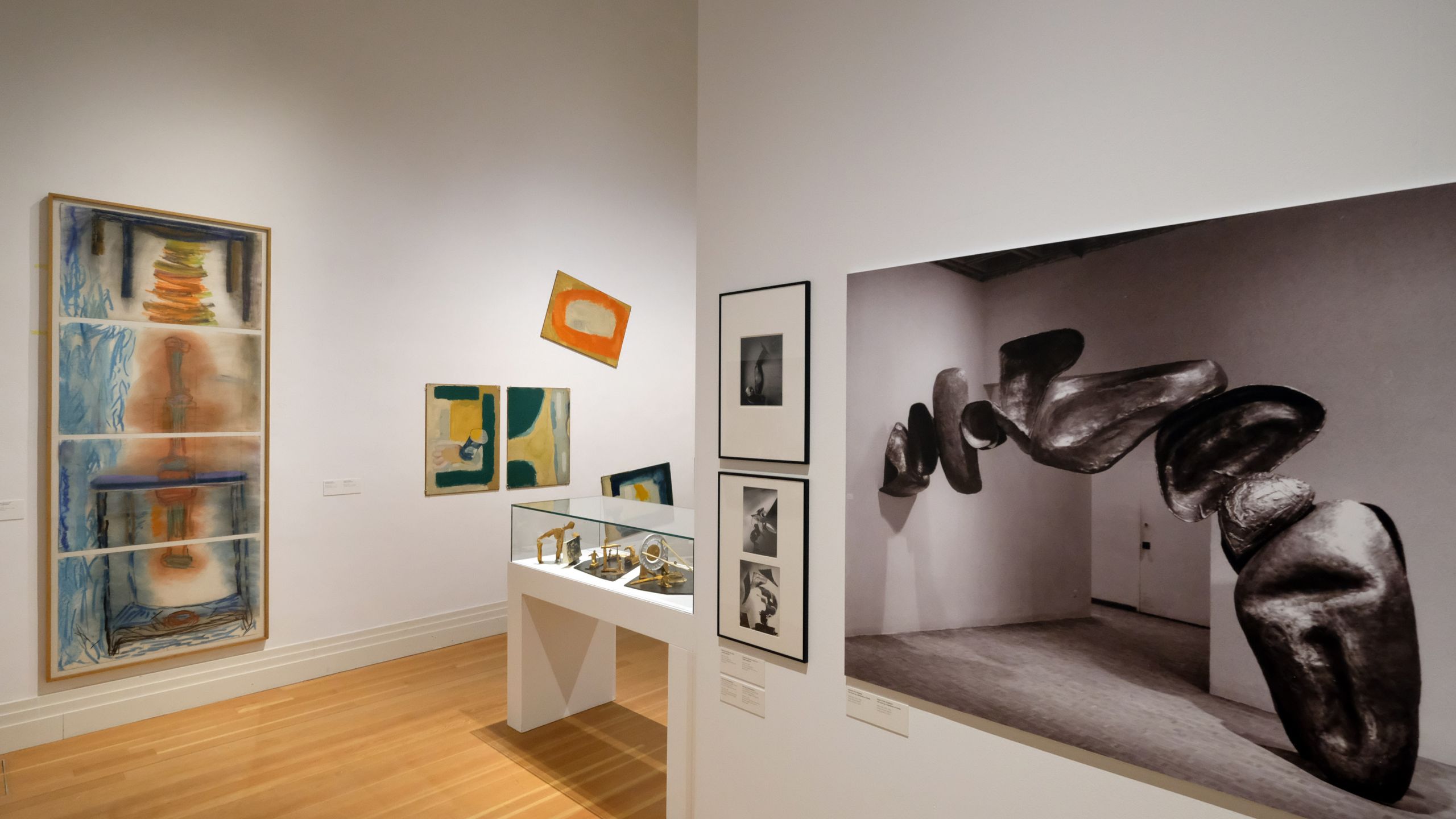Find out more
Rediscovered Modernity I
Berlin 1923! Frederick Kiesler’s techno-futuristic stage set for Karel Čapek’s play W.U.R. met with an enthusiastic reception from the artistic avant-garde gathered in Berlin. According to present knowledge, this is when Kiesler first appeared on the stage of European modernity and it was with immediate and lasting success. Those congratulating him included, among others, László Moholy-Nagy, Theo van Doesbourg, and Hans Richter. In a manifesto reminiscent in tone of Dadaism, Kiesler calls for a radical renewal of theatre, i.e. the overcoming of the limits of all art-forms and of all new stylistic categories: “The arts,” it reads, “painting, sculpture, architecture, music, words, dance, and especially the fine arts must disappear from the theatre as an individualistic form of design. They must lose their independence in order to be able to become part of a stage totality.”
In these demands one can already recognise the holistic transdisciplinary design concept that runs like a scarlet thread through Kiesler’s works. The latest phenomena in contemporary art and accompanying theories also leave behind traditional, narrow theoretical and methodical categorical limitations, a development that has to a large extent been accommodated by the scientific and also creative examination of Frederick Kiesler’s work.
Whereas the human being tends to play a disruptive role in the Viennese Gesamtkunstwerk of the period around 1900, in Kiesler’s total design―which bursts all the categories of art―it plays a central role. He attaches the same importance to the visitor to an exhibition, and to the human as “inhabitant” of an artwork, as to the actor on the stage. “Meant To Be Lived In” is the headline of an article about Kiesler in 1952 in LIFE, concerning the Rockefeller Galaxy, a monumental wooden sculpture created from an element of stage scenery. In the accompanying photo one sees Kiesler seated in the sculpture, just as he had himself photographed in the middle of the no less radical Wand-Boden Galaxy in the early 1950s, and in his late work the large bronze sculpture Bucephalus is only complete once the viewer lies in the opened stomach of the dead warhorse of Alexander the Great. Also, in the circular Mobile Home Library the reader sits in the centre of an immaterial information system defined by books. The theory of Correalism, expressed here in exemplary fashion, is based on Kiesler’s call for design that primarily serves the well-being and health of people and of society. Kiesler regards human existence as fundamentally determined by the effect of an elementary system of relationships of natural, technological and human forces. Accordingly, Kiesler’s unrealised project of the Endless House is particularly about the creation of ideal living conditions inside and less about the formal aspects of its outer appearance.
The curators of this exhibition see it as crucial that Kiesler’s visionary creation meets with just as curious and inspirational a reception in the current artistic and cultural scene as the stage set of the play W.U.R. did in Berlin in 1923.
A comprehensive catalogue was published for the exhibition, available from Amazon, Thalia or Random House website.
